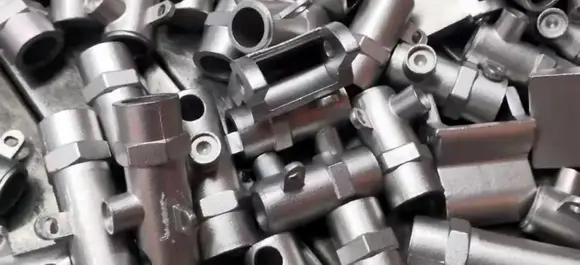Mobile:+86-311-808-126-83
Email:info@ydcastings.com
English
pressure casting aluminum
Pressure Casting Aluminum An Overview
Pressure casting, also known as pressure die casting or high-pressure die casting, is a widely-used manufacturing process for producing intricately shaped metal parts made from aluminum alloys. This method has gained popularity due to its efficiency, precision, and the exceptional quality of the products it produces. In this article, we will explore the fundamentals of pressure casting, its advantages, applications, and considerations for manufacturers.
The pressure casting process involves forcing molten aluminum into a mold cavity using high pressure. The aluminum is first melted in a furnace and then injected into a steel mold at high speed. This allows the aluminum to fill the mold thoroughly, ensuring that even the most intricate designs can be achieved with ease. Once the metal cools and solidifies, the mold is opened, and the cast part is ejected. This method can produce parts with very tight tolerances and seamless surfaces.
One of the primary advantages of pressure casting aluminum is its ability to create complex shapes and fine details. The high pressure used in the process allows for excellent filling of the mold, which reduces the likelihood of defects such as air pockets or voids. The resulting castings can have a smooth surface finish and require minimal machining, making them ready for assembly or use almost immediately after casting.
pressure casting aluminum

Efficiency is another significant benefit of this method. Pressure casting has a relatively short cycle time compared to other casting processes, such as sand casting. This means that manufacturers can produce a higher volume of parts in a shorter period, ultimately reducing production costs. Moreover, the repeatability of the process ensures that each part produced maintains consistent quality and dimensions, which is crucial in industries such as automotive and aerospace.
Aluminum is favored in pressure casting due to its lightweight and corrosion-resistant properties. These characteristics make aluminum parts an excellent choice for applications where durability and strength are essential without adding significant weight. Industries such as automotive, electronics, and machinery often utilize pressure-cast aluminum components for various applications, from engine blocks to intricate electronic housings.
However, manufacturers must consider several factors when opting for pressure casting aluminum. They should evaluate the design of the part to ensure it is suited for the casting process. Additionally, the choice of aluminum alloy can significantly impact the properties of the final product, such as its strength, ductility, and corrosion resistance.
In conclusion, pressure casting aluminum offers a sophisticated method for producing high-quality, precise metal parts. With its ability to create complex shapes efficiently and its suitability for a wide range of applications, this manufacturing technique plays a pivotal role in various industries. As technology evolves and the demand for lightweight and durable components continues to rise, pressure casting is poised to remain a crucial process in modern manufacturing.
-
Materials Used in Manufacturing Cap End Pipe FittingsNewsNov.24,2025
-
Material Properties of CF8M CastingNewsNov.24,2025
-
How to Inspect Pump Cap Ends for DamageNewsNov.21,2025
-
Backward Curved Impeller – Efficient Airflow Solutions for Industry | YD CastingsNewsNov.21,2025
-
Automobile Water Pump - Efficient, Quiet, Durable & ElectricNewsNov.21,2025
-
Impeller for Pumps – High-Efficiency, Durable, OEM-ReadyNewsNov.21,2025











